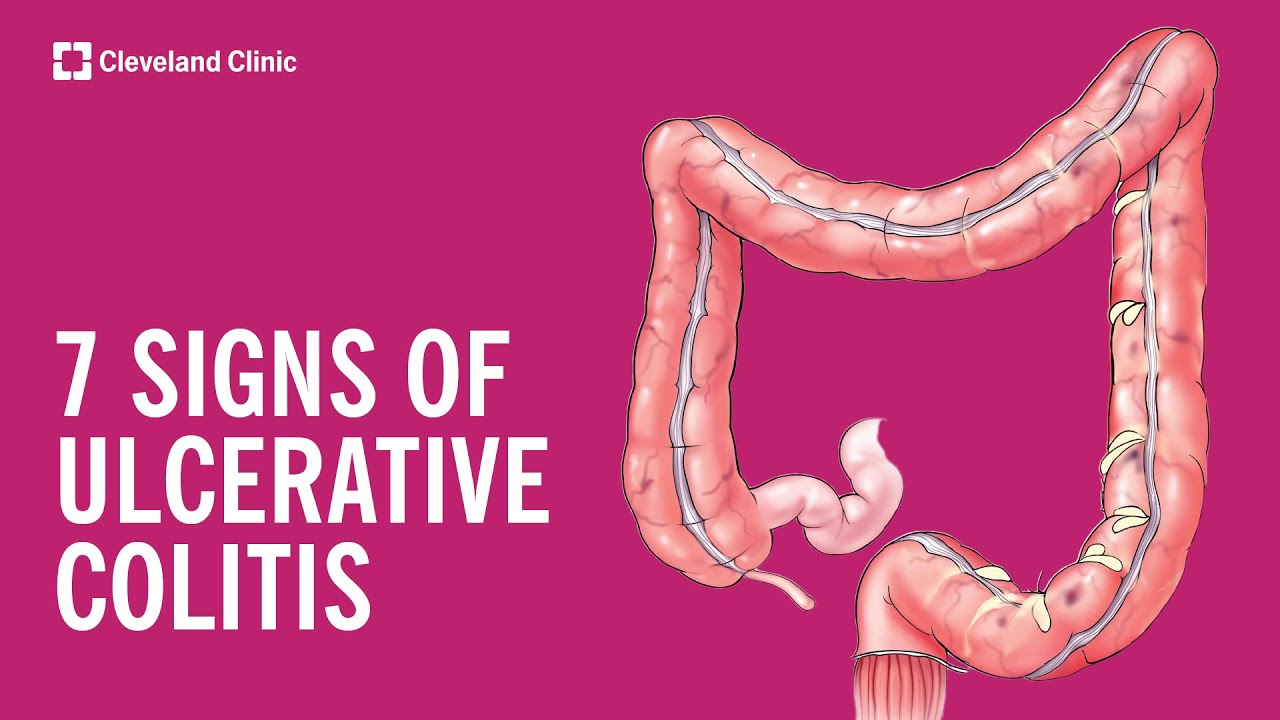Statin therapy promising for nonalcoholic fatty liver disease
Reuters Health • The Doctor's Channel Daily Newscast
They note that with increasing rates of obesity, the prevalence of NAFLD may be as high as 39% with up to 25% of those with NAFLD likely to develop nonalcoholic steatohepatitis, which can ultimately lead to cirrhosis.
“Atorvastatin is not only safe to use in patients with dyslipidemia and NAFLD but given along with vitamin E and C may also improve the presence of NAFLD,” Dr. Temitope Foster told Reuters Health.
Noting the association with metabolic syndrome, which is present in two-thirds of obese patients with NAFLD, Dr. Foster with the University of California, Los Angeles and colleagues looked at the effect of statin therapy on the condition. The data came from a from a clinical trial involving 1005 men and women who were randomized to receive either a daily combination of atorvastatin 20 mg, vitamin C 1 g, and vitamin E 1000 IU or matching placebo.
CT scans at baseline and follow-up were available for 455 patients — 226 in the placebo group and 229 in the treatment arm. Initially there were 36 patients with NAFLD in the placebo group and 44 in the treatment arm.
At the end of a median follow-up of 3.6 years, 19 of 27 (70.4%) patients remaining in the placebo group still had NAFLD compared with 11 of 32 (34.4%) in the treatment group (odds ratio 0.29, p < 0.001), Dr. Foster and colleagues report.
“In those without NAFLD at baseline (n = 375), we found that 17.6 % of the placebo group developed NAFLD compared to 12.1 % of the treatment group,” they add. The difference was not statistically significant (p=0.23).
The authors conclude that the atorvastatin/vitamin combination “lowered the risk of having moderate-to-severe hepatic steatosis by 70% in a healthy population of 80 patients with NAFLD at baseline after 4 years of therapy.”
Asked if this approach should become standard for patients with NAFLD, Dr. Foster responded: “It is hard to say at this point that this should be the standard of care because while many patients with NAFLD also have dyslipidemia, not all do. We did show this treatment to be effective and safe in those with normal lipid values but these numbers were small and further studies should be conducted before making that assertion.”
Reference:
Atorvastatin and Antioxidants for the Treatment of Nonalcoholic Fatty Liver Disease: The St Francis Heart Study Randomized Clinical Trial
Am J Gastroenterol 2010.







